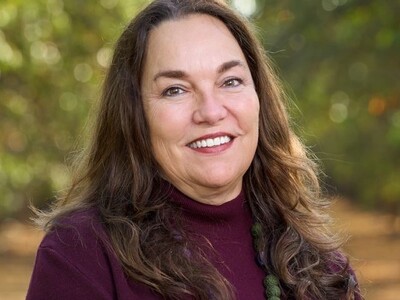Boise Bees
NRCS Idaho Communications Specialist Mindi Rambo: “Our native bee species have been in decline for a number of years and it's of a concern to many of our partner organizations including the Xerxes society who watch those things closely and have all kinds of information available to the public to help them determine what kinds of plants are important.”
Enter bee industry expert Mark Davis of Treasure Valley Bee Rescue who is out and among thousands of bees: “One of the things that I love so much about Idaho is we have all of this agriculture that is occurring throughout the entire state. And so you have 10,000 acres here of alfalfa. You'll have ten thousand acres of mint. And so we're able to move the bees around the valley here and around the state to allow them to do multiple crops. And because of the large agricultural system that we have here, the bees are very strong and healthy here compared to let's say Utah or Nevada or Arizona where there is less agriculture.”
As Idaho beehives continue to get healthier, according to Davis, producers are urging farmers, highway districts and homeowners to plant hedge rows of flowers to enhance bee health.
“And as you grow more and more different flowers they tend to bloom at different times of the season. And so the bees never run out of food.” See what happens.
Idaho beekeepers received an average of a dollar eighty per pound of honey last year well below the national average of two dollars 15 cents. They hope to do better this year.














